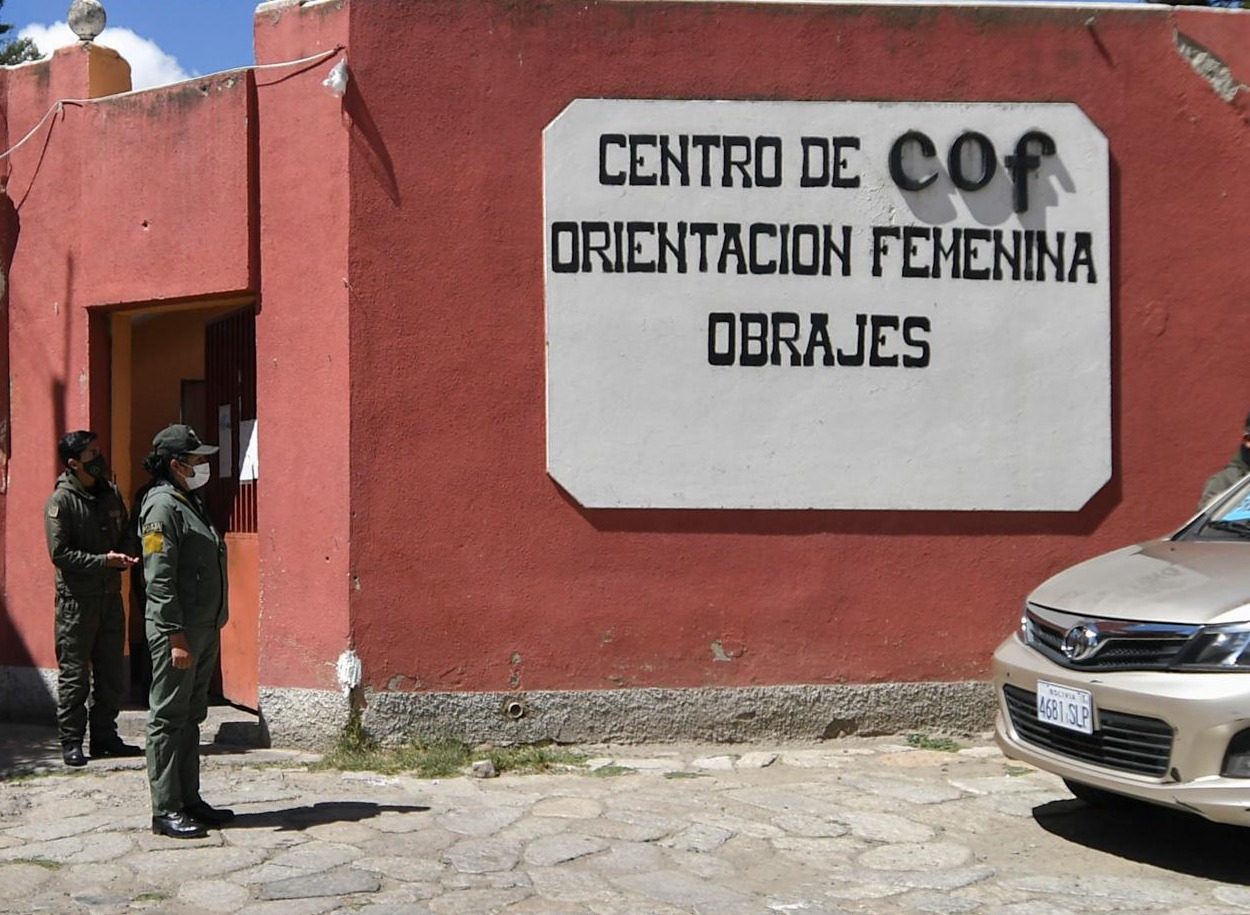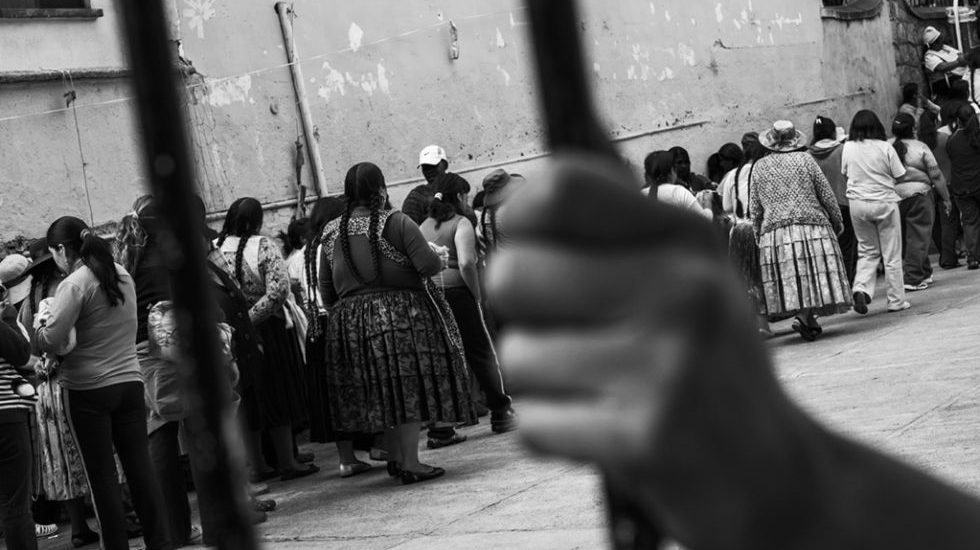While the media and pop culture have held a long fascination for the social ecosystem and personal struggles unique to prisons, it is very rare to come across an accurate depiction and treatment of the complexity and pain of incarcerated life. Prisons, by the very nature of their conventional construction, are fundamentally gendered, that is, male prisons and female prisons have unique dynamics, politics, and social structures. Add to this varying prison cultures across different regions and countries around the world, and one truly appreciates the need for a sensitive, case-by-case approach to working with people in prison, women and men alike.
Liliana Arias Romero’s 2021 article “Dentro del caos hay un refugio para meditar” charts the incredible work of a group of Buddhist volunteers at a women’s prison. An English translation of the piece is on BDG as “Within Chaos, There Is a Refuge for Meditation.” It was in September 2017 that volunteers from the Sakya Rinchen Ling Centre visited the women’s penitentiary in Obrajes Prison in La Paz, Bolivia. It is a miserable place even by prison standards, and the women within, most whom did not have many advantages to begin with in Bolivia’s poverty-stricken society, face an uphill struggle to survive in prison, let alone thriving outside of it after serving their time. As Romero writes:
The women were exhausted by the distance of their loved ones: mothers who could not see their children, foreigners who felt like outsiders, women who thought being imprisoned was limiting their bodies and minds, difficulties getting along with other women with different habits and customs, competing for a position that would make them stand out in prison, and those without resources to better manage their freedom once outside. Defeated by the weight of their torments, some of them had resigned themselves and were passively present, barely there.
Many of them realize that they would be in a different situation if they had taken a different paths in life. Some lived in poverty and were abused by caretakers, doing whatever was necessary to survive. Others explained that bad company led them astray, while others had partners who took advantage of them. The stories showed us that they had not experienced peace in their lives.

There is an interfaith dimension to Sakya Rinchen Ling’s work. Romero credits a Catholic ally, Sister Fideliza, with ministering to the prisoners, functioning as a critical source of comfort and counsel at the lowest point of these women’s lives. She lent the space of her chapel inside the prison to the Buddhist volunteers, who offered meditation sessions for the prisoners “defeated by the weight crushing them,” and who shared the desire for “a path that could lead them to a transformative experience.”
I do not wish to over-emphasize the complexity of prison life, even though it is indeed complicated. Still, the yearning for meaning or human contact and affection, the despair of being deprived of being so many forms of freedom, and the fear and rage that fester within at being at the mercy of institutional omnipotence for so many months or years, are shared by all people in all prisons. Yet the meditation provided by the volunteers to these Bolivian prisoners helped them return to the most basic and perhaps most important form of happiness: the joy that comes from being seen, regarded, and cared about in the present moment of the breath. To realize, in that series of fleeting points of awareness sharpened by mindfulness, that there is someone paying attention, real attention, to you. That they are smiling at you, because you exist and are alive and are right here with them. That they see you as more than a mere prisoner or number, but as a human being deserving a sincere smile and a gentle, open face. Now that is reason to press on, endure, and triumph over the incarcerated condition.


